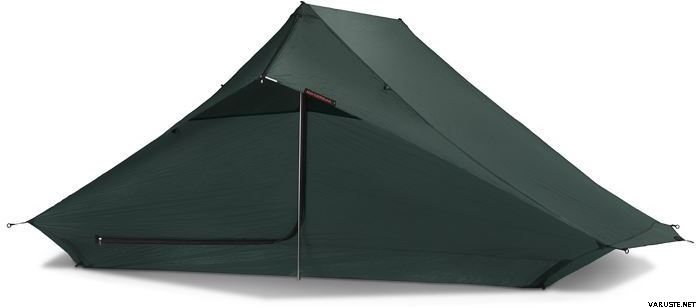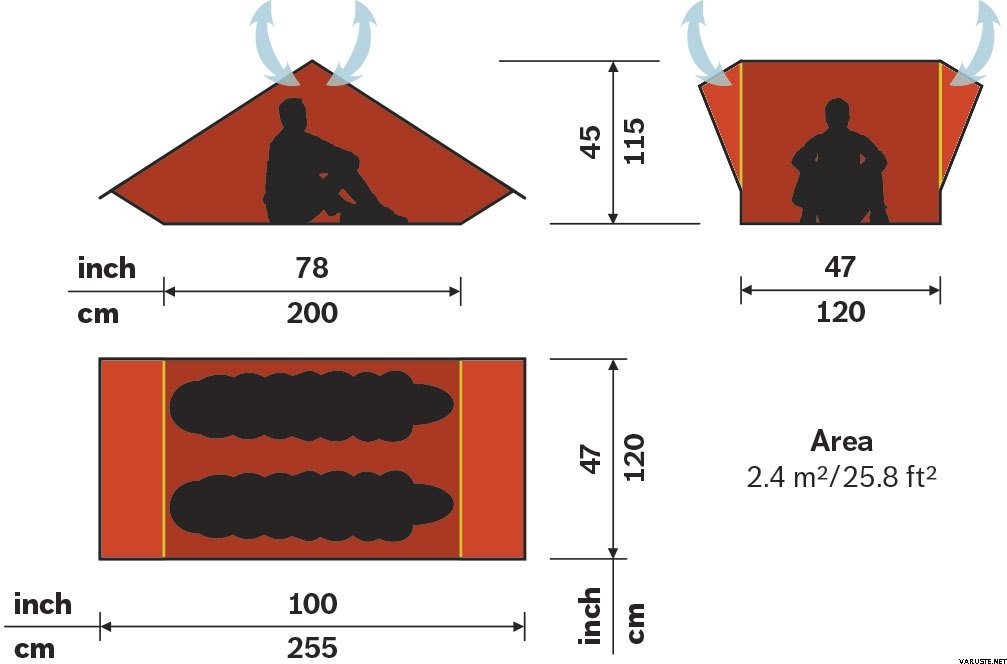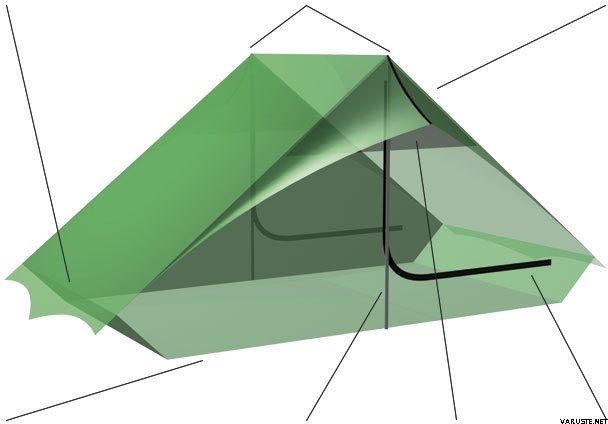
Hilleberg Rajd
Acest produs nu este de vânzare momentan.
Disponibilitate
Descriere produs
A hybrid shelter that blends tarp and tent qualities into a simple, versatile superlight package.
Weight measured with shelter, guy lines, and 10 pegs - no poles - since you can use two trekking poles or branches. Optional 13 mm poles are available. Two of them together weigh 272 g/9.6 oz. Each is 155 cm/45.3 in long.
A hybrid shelter that blends tarp and tent qualities into a simple, versatile superlight package. More than a tarp yet not quite a true tent, the Rajd (pronounced “ride”) is an excellent choice for those who favor a tarp’s gossamer weight, but don’t want to sacrifice the comfort of walls and a floor. Comfortably big enough for two, the Rajd is a veritable palace for the solo traveler – especially one used to the confines of many solo shelter solutions. And it weighs less than many tarps and bivy bags.
The Rajd is made from Kerlon 1200, the same highly durable and super light fabric found in our UL tarps and Ultralight tents, and is patterned on the first Hilleberg tent, the two-pole ridge design Keb. Designed to be pitched with trekking poles (or with optional poles, which are sold separately), it boasts impressive head room and a two door configuration, which gives each occupant his or her own entrance while also affording the flexibility to situate one door out of the wind.
The Rajd’s light weight and compact stuffed size make it ideal “alternative lodging” for adventure travel or hut trips, where accommodations are overcrowded, unsavory, or simply unavailable.
Likewise, it is a great choice for adventure racers and mountain ultramarathon runners, especially since it complies with many race regulations that require overnight shelters to have a sewn-in floor.
For those looking to go super light in the backcountry, the Rajd is also a worthy option, especially since it can be pitched with available branches or by suspending the ridgeline corners.
Bear in mind, however, that it is a shelter, not a true tent, and so does not offer the same comfort or strength, especially in variable to poor weather conditions. It is highly weatherproof and very durable, but its single wall construction not only puts only one layer of protection between you and the elements, but it is, like all single wall designs, more prone to condensation than a double wall tent. To combat this, we put no-see-um mesh into the the top third of the door to promote cross ventilation, and we bisected the eaves over each door with a zipper, so you can roll up one or both halves for even greater air flow.
Număr de persoane
2
Tip de adăpost
Tunnel Tent
Greutate
1,1 kg(Produsul poate avea un ambalaj de vânzare ușor.)
Tară de origine
ComentariiAdăugați un comentariu
Brand



